Showing 61–72 of 672 results
-
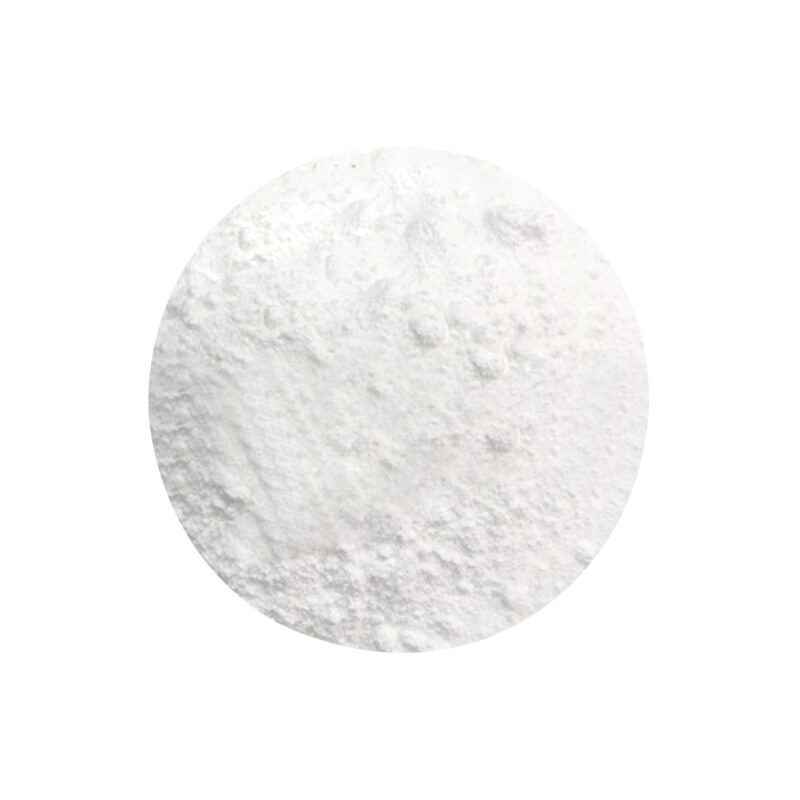
- High Purity: Available with ≥99.9% purity for consistent performance.
- Excellent Glass-Forming Properties: A key ingredient in borosilicate glass and optical fibers.
- Thermal Stability: Withstands high temperatures without decomposition.
- Chemical Inertness: Resistant to most chemicals, making it ideal for specialized applications.
- Customizable Particle Sizes: Nano (<100 nm) and micro (1–50 µm) options available or customized.
- Eco-Friendly: Non-toxic and compliant with environmental standards.
-
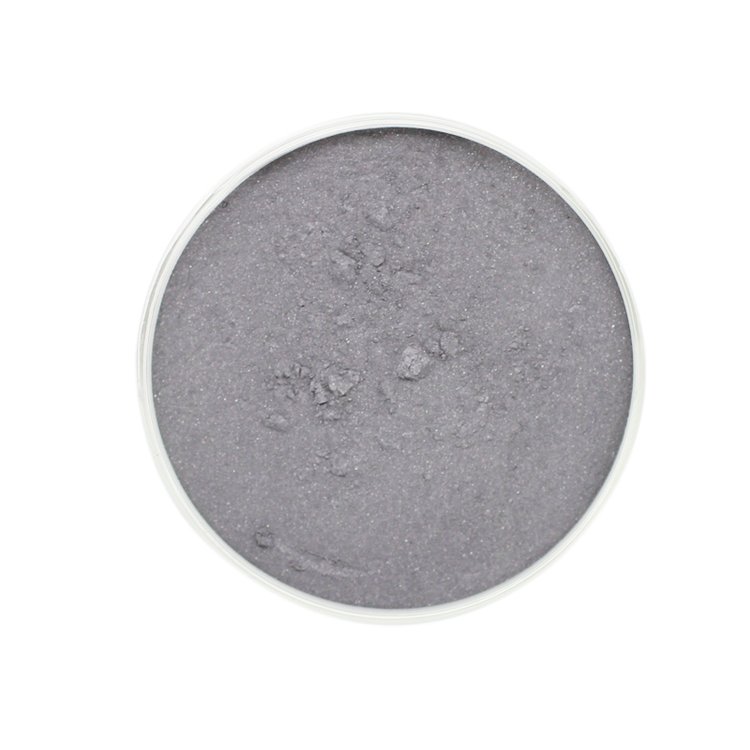
- Extreme Hardness: Mohs hardness of 9.5, second only to diamond and cubic boron nitride.
- Low Density: Lightweight material ideal for aerospace and defense applications.
- High Thermal Stability: Exceptional performance at high temperatures.
- Chemical Inertness: Resistant to most acids and alkalis.
- Superior Wear Resistance: Ideal for abrasive and protective applications.
- Customizable Particle Sizes: Nano (<100 nm) and micro (1–50 µm) grades available or customized.
-
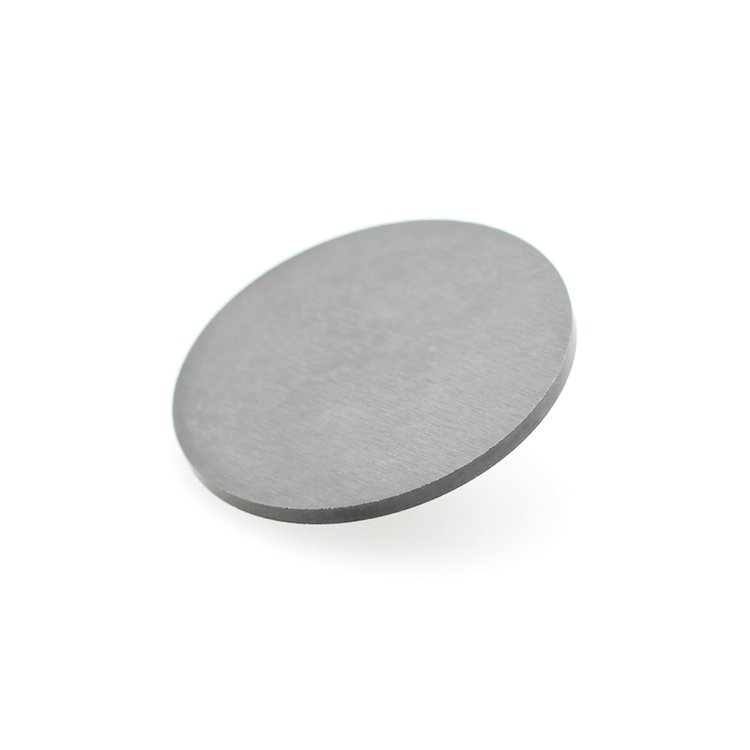
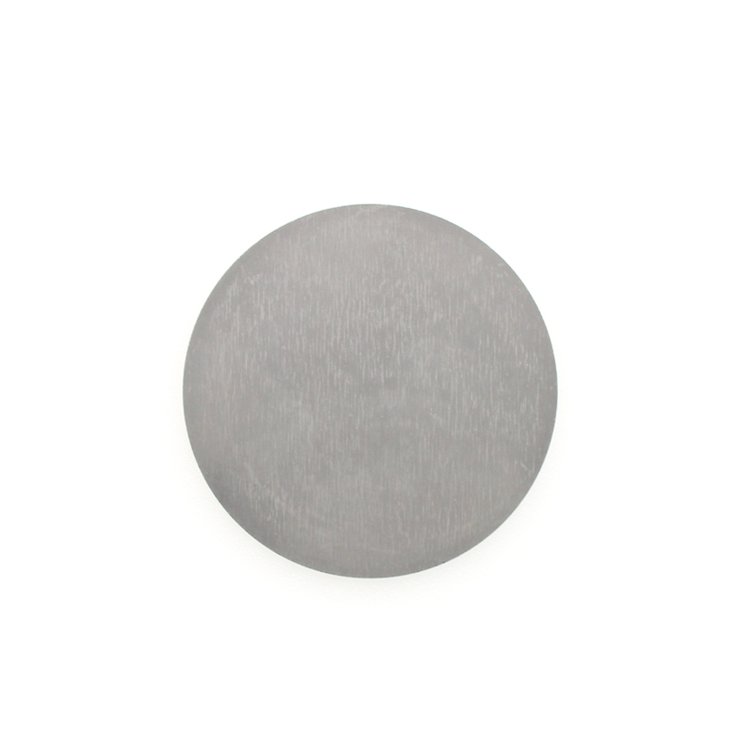
- Exceptional Hardness: High resistance to wear and abrasion.
- Chemical Stability: Resistant to acids and alkalis, ensuring longevity in extreme environments.
- Lightweight: Facilitates applications where low weight is critical.
- High Purity: Delivers superior film quality and consistency.
-
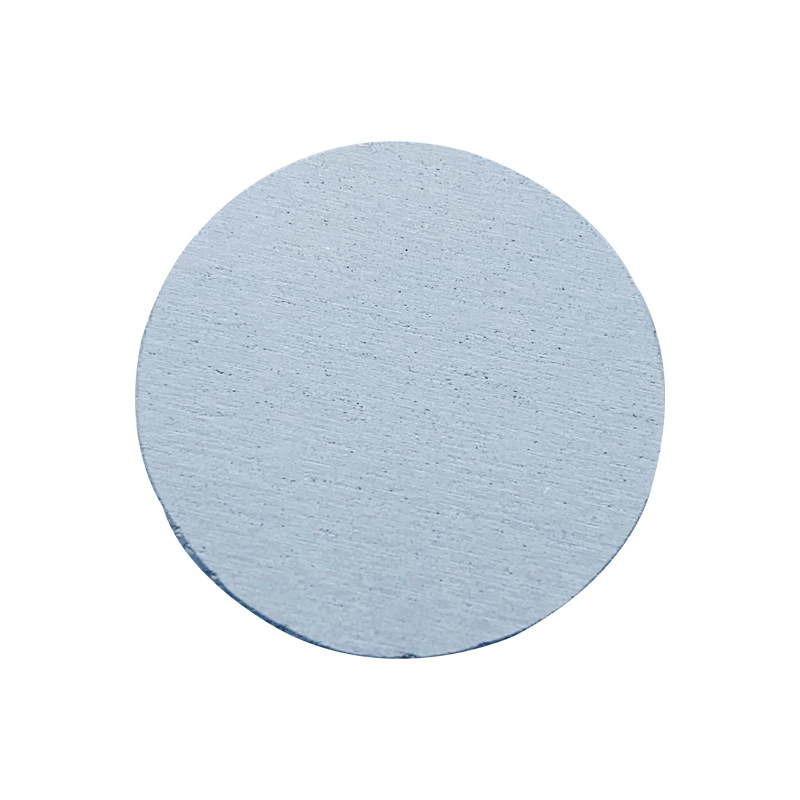
Barium (Ba) sputtering targets are high-purity materials used in physical vapor deposition (PVD) processes, particularly sputtering, to create thin films on various substrates. Barium targets are typically used in the production of optical coatings, semiconductor devices, and other advanced materials due to their unique properties.
-
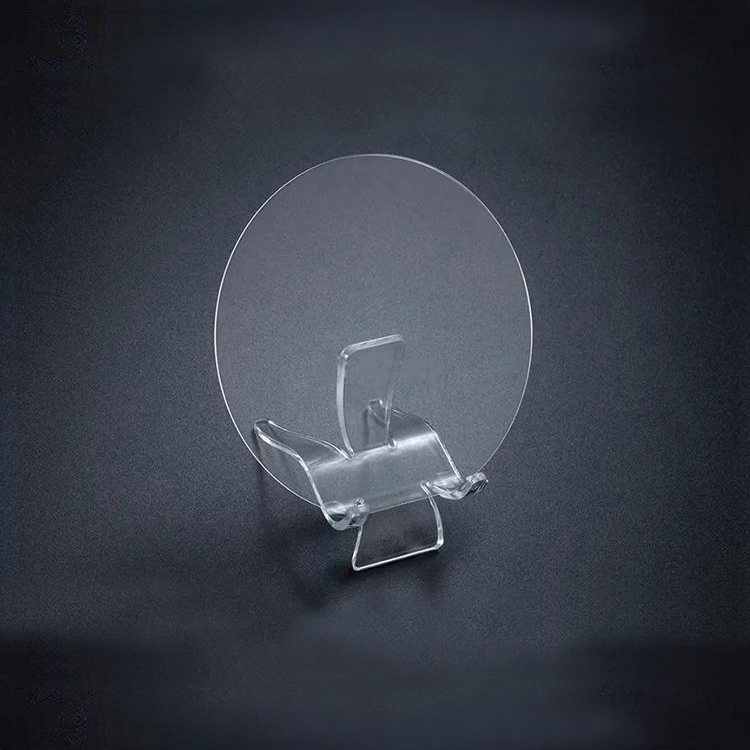
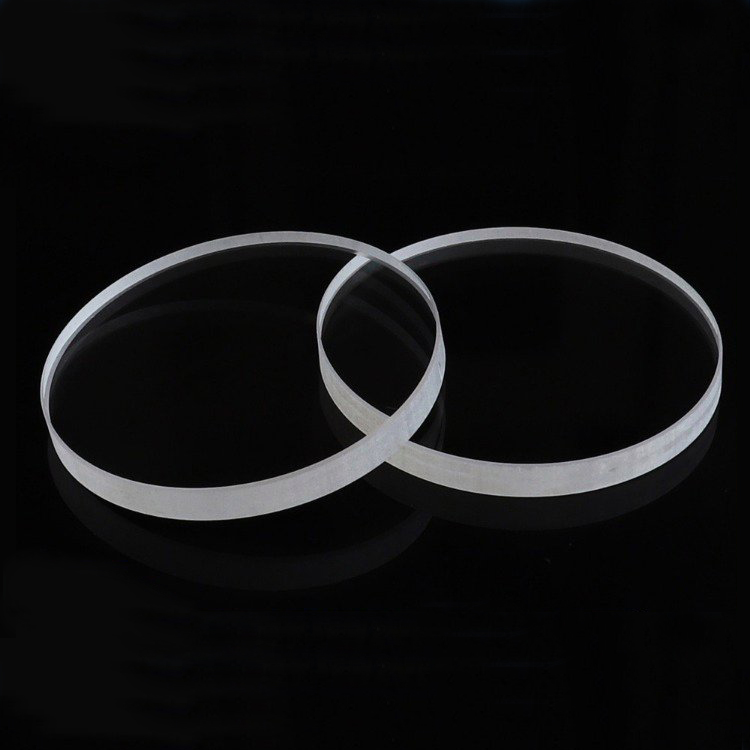
- Ultra-Wide Transmission Range (DUV to IR): 150 nm to 12–15 μm.
- Low Refractive Index: Minimizes reflection losses without extensive coatings.
- High Radiation Resistance: Suitable for high-radiation environments such as space and nuclear detectors.
- Low Dispersion: Excellent for optical systems requiring minimal chromatic aberration.
- Good Mechanical Properties: Higher fracture toughness compared to other fluoride crystals.
- Low Absorption and High Optical Quality: Especially critical in high-resolution spectroscopic systems.
- Compatibility with High-Energy Lasers: Due to high laser-induced damage threshold.
- Ease of Cleaving and Processing: Supports cost-effective manufacturing.
- Stable Physical and Chemical Properties: Good moisture resistance compared to other fluorides.
-
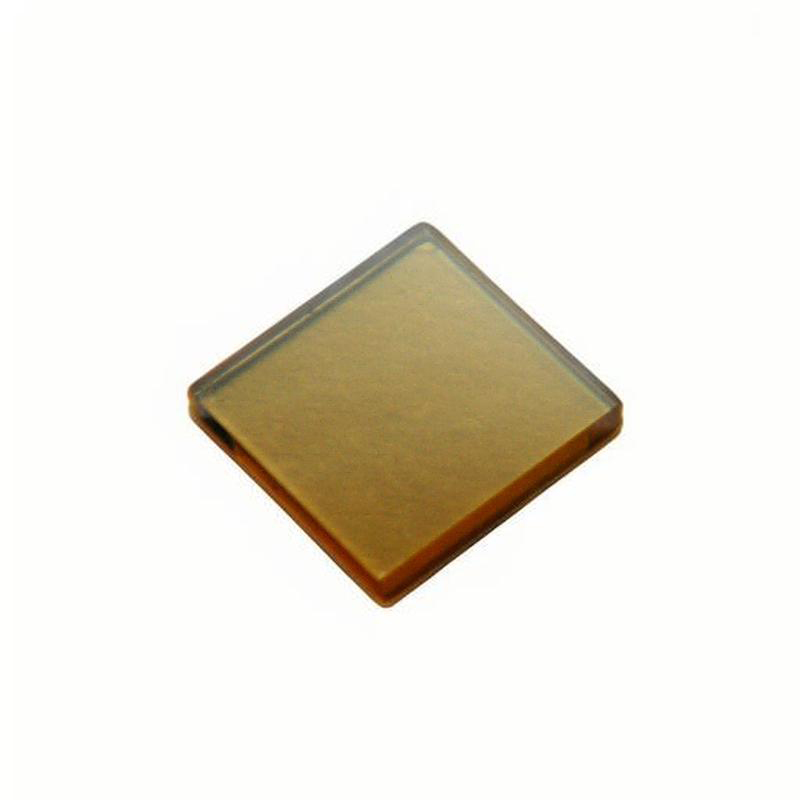
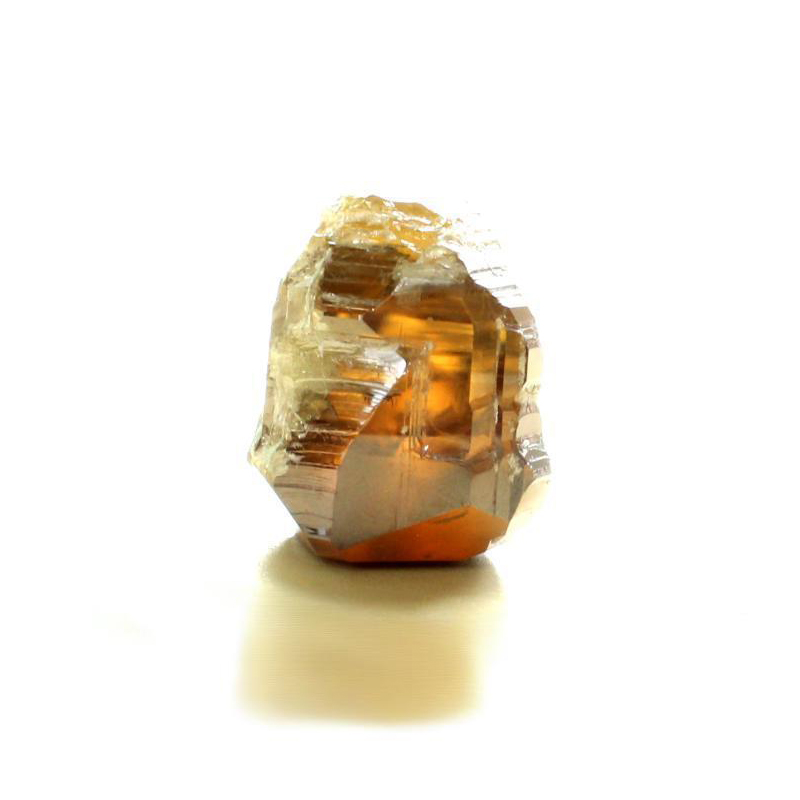
- Ferroelectric behavior with spontaneous polarization
- Extremely high dielectric constant (up to thousands near Curie temperature)
- Piezoelectric and electro-optic effects
- Cubic structure at high temperature, tetragonal below Curie temperature (~120°C)
- Suitable for integration with other perovskite materials
- Atomically smooth surfaces achievable for epitaxy
-
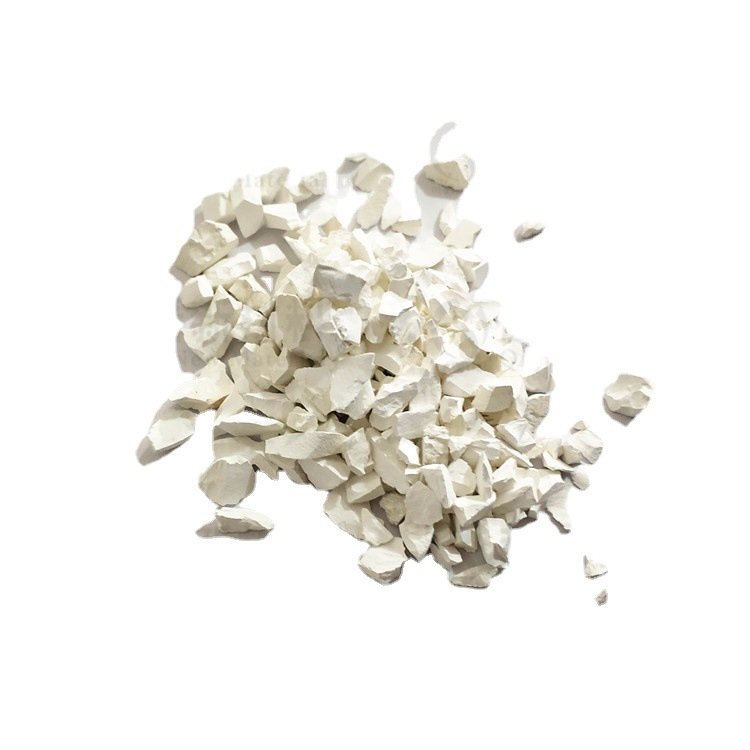
- High purity (≥99.99%).
- Outstanding dielectric and ferroelectric properties.
- Suitable for thin-film deposition techniques such as PVD.
- Uniform pellet size for consistent results in industrial and research settings.
- Custom sizes and packaging available.
-
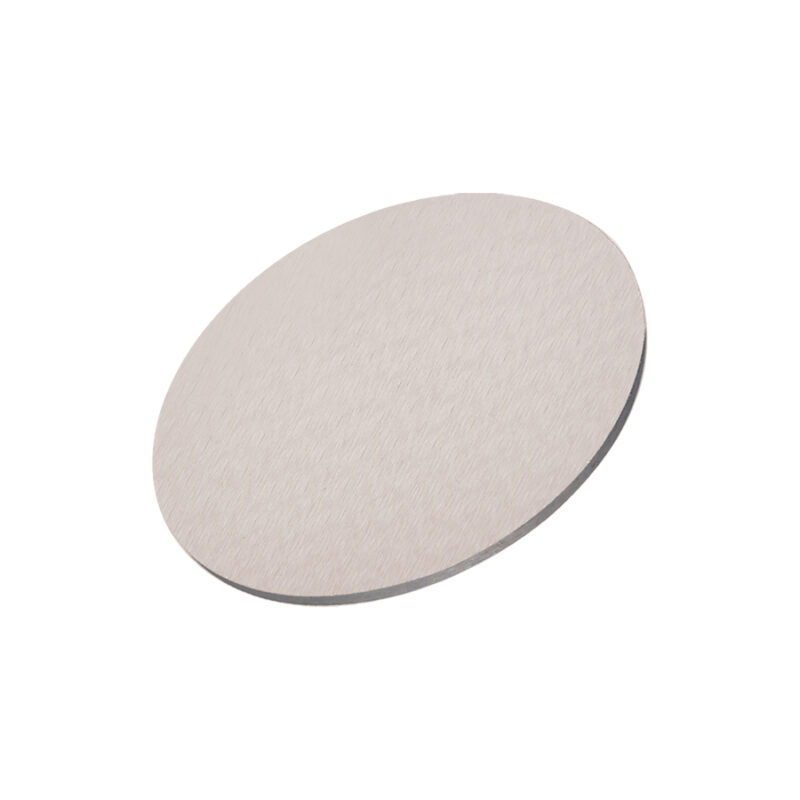
- High Dielectric Constant: BaTiO₃ is known for its exceptionally high dielectric constant, making it ideal for capacitors and electro-optic applications.
- Ferroelectric and Piezoelectric Properties: The material exhibits both ferroelectric and piezoelectric behaviors, making it suitable for memory devices, sensors, and actuators.
- Excellent Thermal Stability: BaTiO₃ maintains good thermal stability, ensuring reliable performance in high-temperature environments.
- High Purity and Low Defects: BaTiO₃ sputtering targets are available in high-purity grades (up to 99.999%), ensuring low defect densities in the deposited thin films, which is crucial for advanced electronic applications.
- Custom Composition: Barium Titanate can be tailored with dopants to modify its electrical and thermal properties, optimizing performance for specific applications.
-
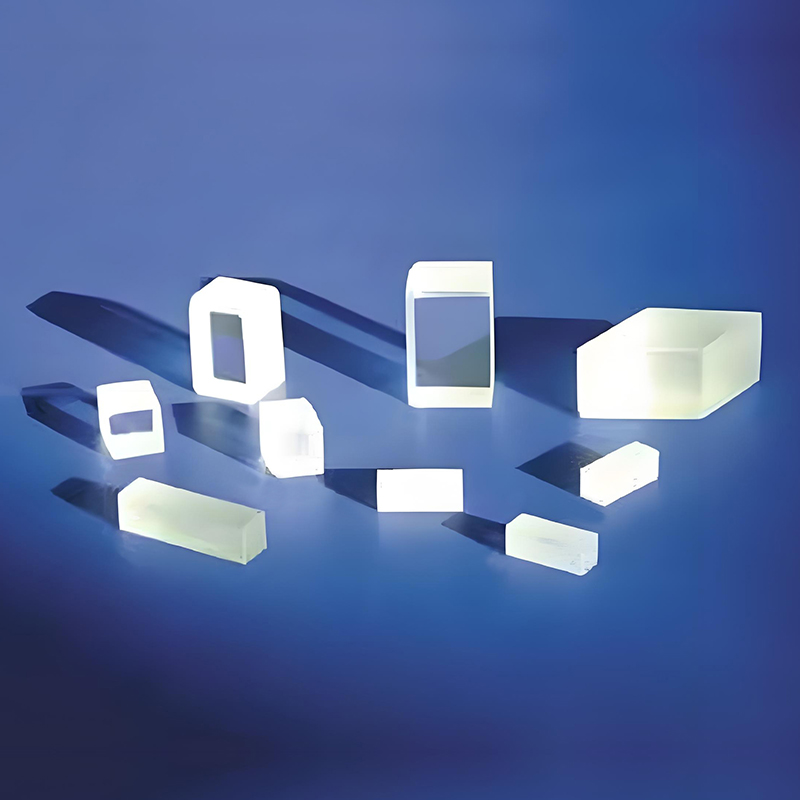
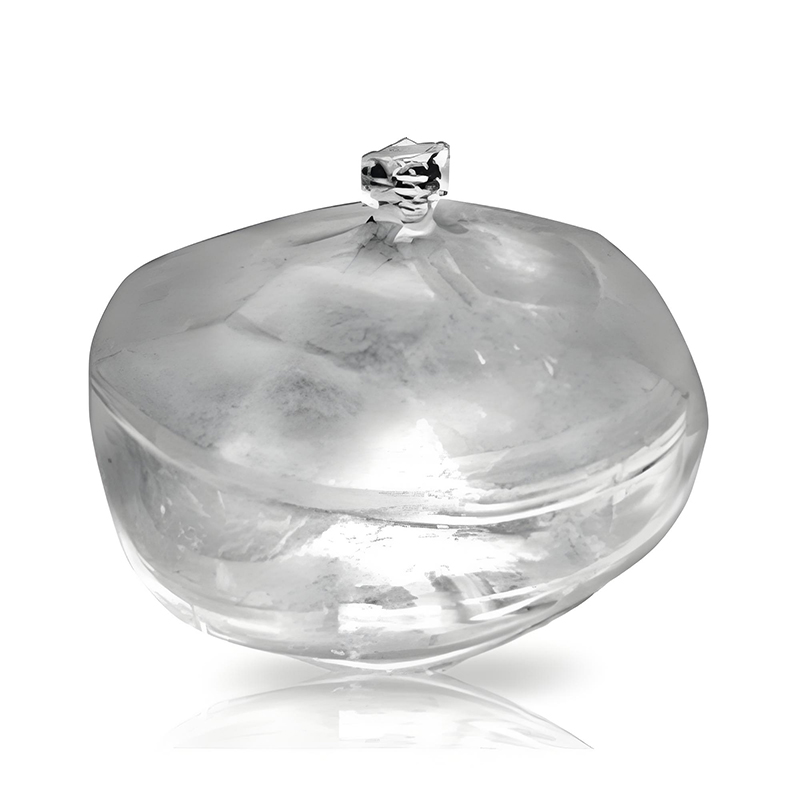
- Broad Transparency Window: 189 nm to 3500 nm, covering UV, visible, and near-IR
- Wide Phase-Matching Range: Supports multiple nonlinear optical processes
- High Damage Threshold: ~1 GW/cm² for 1064 nm, 10 ns pulses
- High Nonlinear Coefficients: Ensures efficient frequency conversion
- Low Birefringence Walk-Off: Enhances conversion efficiency
- Excellent Thermal and Mechanical Stability: Reliable under high-power laser operations
- Chemical Stability: Resistant to atmospheric moisture under normal use
- Customizable Phase Matching: Optimized for specific laser wavelengths and conversion processes
-
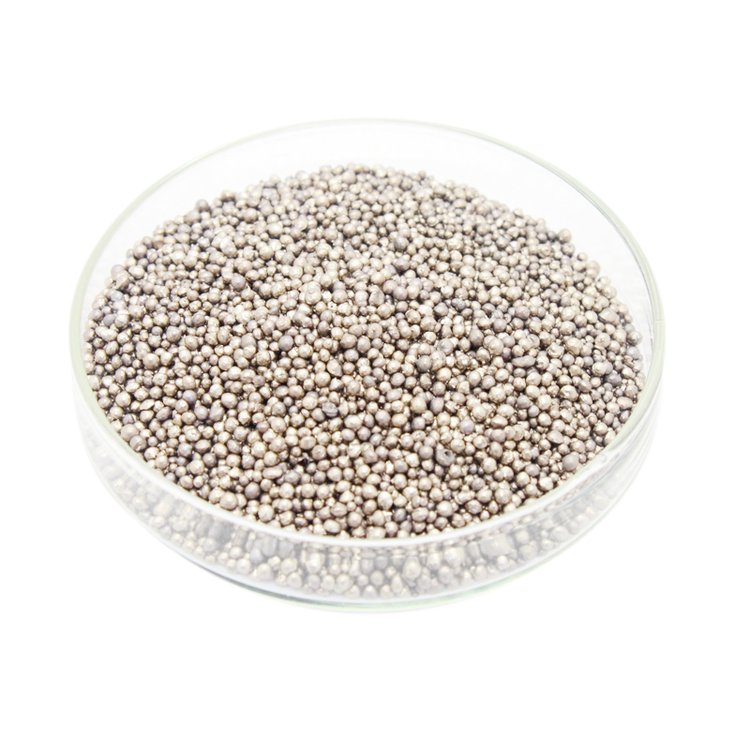
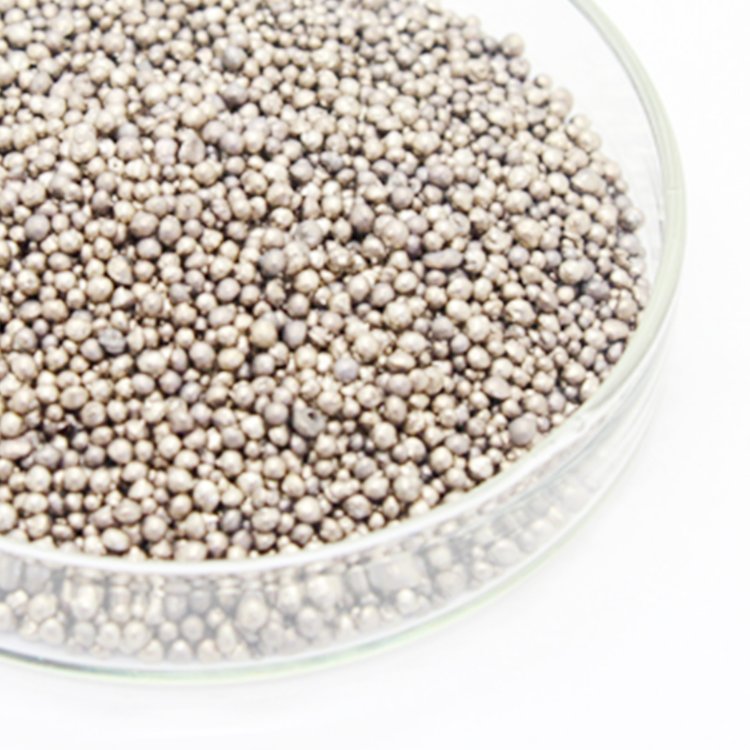
- Low Toxicity: Bismuth is one of the few heavy metals considered relatively non-toxic, making it a safer alternative for certain applications.
- Unique Electrical Properties: Bismuth exhibits interesting electronic properties, such as a high Hall coefficient and low thermal conductivity, beneficial for thermoelectric applications.
- High Density: Bismuth’s high atomic mass and density make it suitable for applications requiring heavy elements.
- Low Melting Point: With a melting point of 271.4°C, bismuth is relatively easy to evaporate, allowing for low-temperature thin-film deposition.
- Optical Characteristics: Bismuth coatings can manipulate light in specific wavelengths, contributing to its use in optical and IR coatings.
-

- High Purity: Ensures superior performance in specialized applications.
- Non-Toxic and Eco-Friendly: A safe alternative to lead in many applications.
- Low Melting Point: Ideal for use in low-temperature solders and alloys.
- High Density: Suitable for counterweights, radiation shielding, and industrial applications.
- Excellent Machinability: Easy to shape and process for intricate designs.
- Corrosion Resistance: Offers stability in various environmental conditions.
-
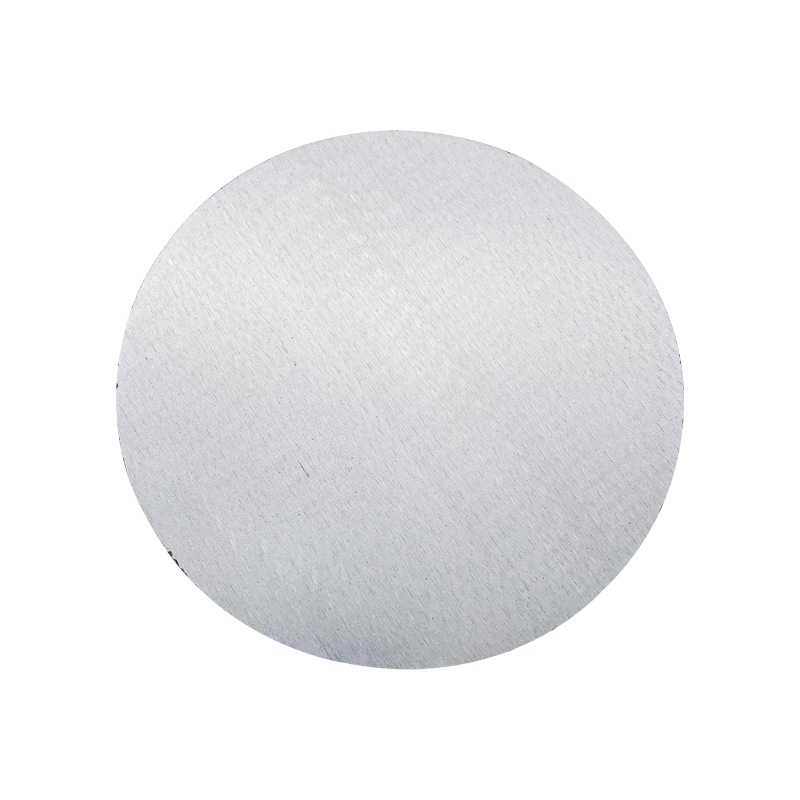
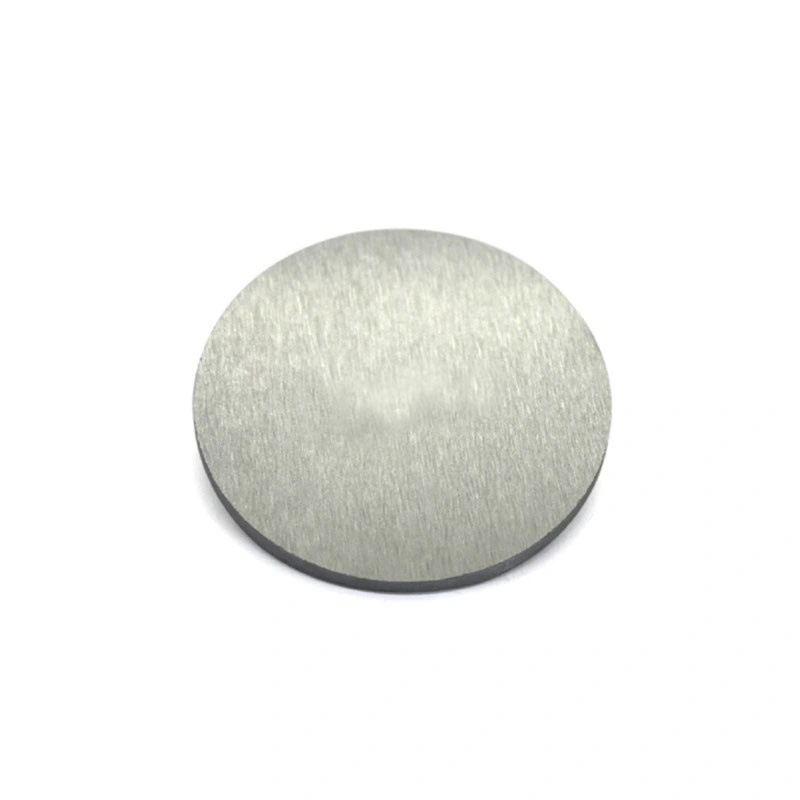
Bismuth (Bi) is a unique metal known for its low toxicity, high density, and distinct electronic properties, making it valuable in specific electronic, optical, and magnetic applications. Bismuth (Bi) sputtering targets are essential for industries requiring specialized thin films with unique electronic, optical, and magnetic properties, particularly in advanced electronics, superconductors, and optical devices.
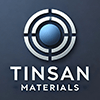


















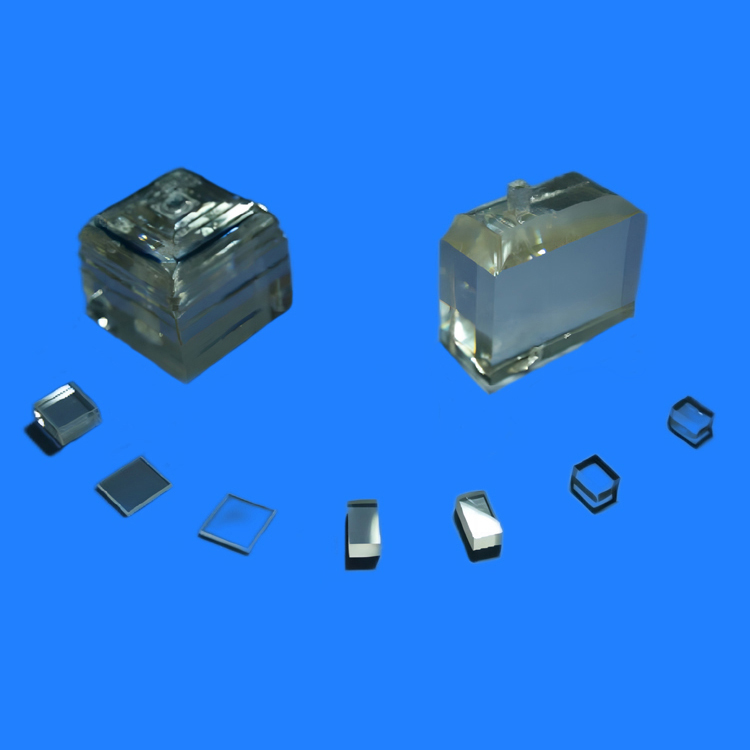 KTN Crystal (KTa₀.₅Nb₀.₅O₃) – Orientation, 10 × 10 × 0.5 mm
KTN Crystal (KTa₀.₅Nb₀.₅O₃) – Orientation, 10 × 10 × 0.5 mm